
Ingredient
Jengkols
The Unique Legume: Jengkols
Jengkols are small, oval-shaped legumes with a rough, brownish-green outer skin. They have a firm, starchy texture and a strong, pungent aroma. When cooked, they become tender and develop a nutty, earthy flavor. Jengkols are often used in stews, curries, and stir-fries to add a unique taste and texture to dishes.
Origins and history
Jengkols are native to Southeast Asia, particularly Indonesia, where they have been consumed for centuries. They are highly valued in Indonesian cuisine and are often used in traditional dishes like sambal jengkol and rendang. Jengkols are also known for their medicinal properties and are believed to have various health benefits.
Nutritional information
Jengkols are a good source of protein, fiber, and essential minerals like iron and magnesium. They are also low in fat and calories, making them a nutritious addition to a balanced diet.
Allergens
Jengkols may cause allergic reactions in some individuals, particularly those with legume allergies. It is advisable to exercise caution and consult a healthcare professional if you have any concerns.
How to select
When selecting jengkols, look for firm, unblemished legumes with a vibrant green color. Avoid any that have soft spots or signs of mold. Fresh jengkols should have a strong, distinct aroma. If possible, choose jengkols that are still in their pods, as they tend to be fresher.
Storage recommendations
To store jengkols, keep them in a cool, dry place away from direct sunlight. If you have purchased jengkols in their pods, remove the seeds and store them in an airtight container. They can be refrigerated for up to a week or frozen for longer-term storage.
How to produce
Jengkols can be grown in tropical climates with well-drained soil. They require a warm and humid environment to thrive. Plant the seeds in a sunny spot and provide regular watering. It may take several years for the jengkol tree to bear fruit.
Preparation tips
Before using jengkols, they need to be boiled or soaked in water for several hours to remove their strong odor. Once prepared, they can be used in various dishes such as stews, curries, and stir-fries. Jengkols pair well with spices like garlic, ginger, and chili.
Culinary uses
Jengkols are commonly used in Indonesian cuisine, particularly in dishes like sambal jengkol (spicy jengkol) and rendang (spicy meat stew). They add a unique flavor and texture to these dishes, making them a favorite among locals.
Availability
Indonesia
More ingredients from this category
Recipes using Jengkols » Browse all

Authentic Tamarind Rice
Tangy Tamarind Delight: Authentic Indian Pulihora Recipe
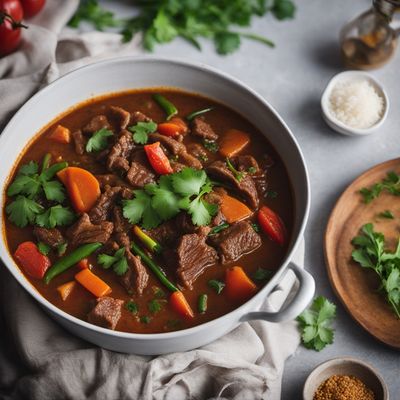
Saosisy sy tsaramaso (Malagasy Spicy Beef Stew)
Fiery Beef Delight: A Spicy Malagasy Stew

Wisconsin-style Cheesy Kottu
Wisconsin Cheese Delight Kottu

Mordovian Summer Soup
Sunshine in a Bowl: Mordovian Summer Soup

Crispy Roast Pork Bánh Mì
Vietnamese Delight: Crispy Roast Pork Bánh Mì
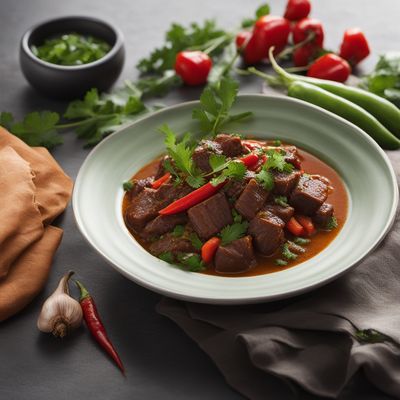
Guamanian Qarta with a Twist
Spicy Coconut Beef Stew - Guamanian Style
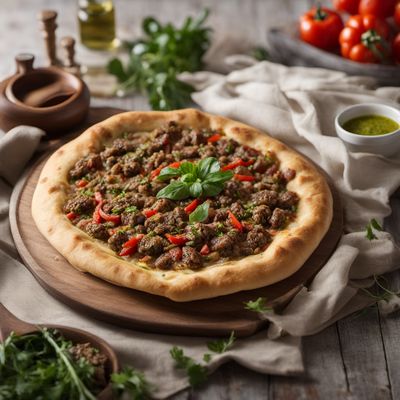
Roman-style Stuffed Flatbread
Savory Delights: Roman-inspired Stuffed Flatbread

Bok l'hong with a Twist
Tropical Delight: Refreshing Bok l'hong Salad
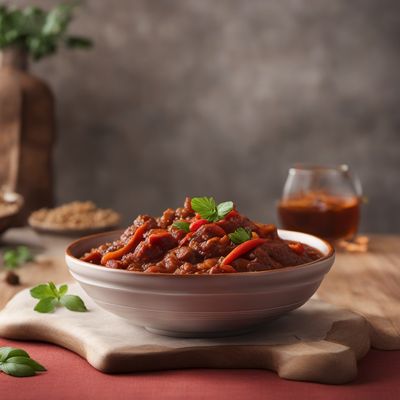
Gorički Goulash
Savory Slovenian Beef Stew: Gorički Goulash

Henan-style Ribollita
Hearty Henan Harvest Stew
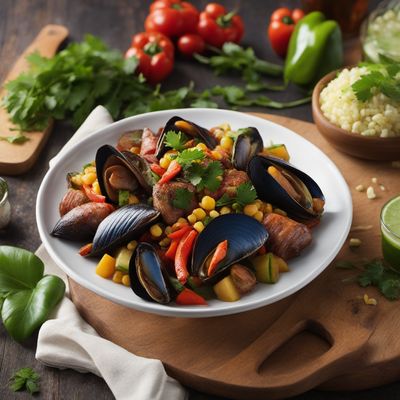
Curanto with Seafood and Vegetables
Oceanic Delight: Curanto - A Seafood Feast from Chilean Shores
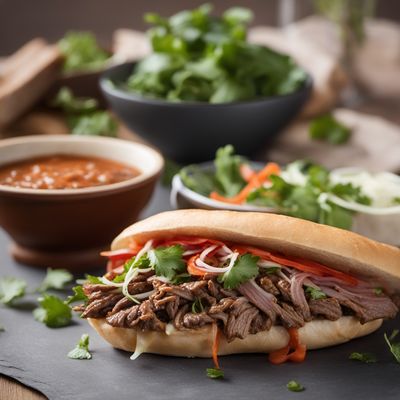
Philly Cheesesteak Bánh Mì
The Fusion Delight: Philly Cheesesteak Bánh Mì
